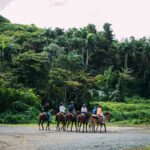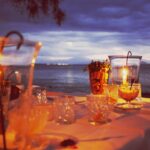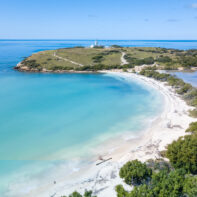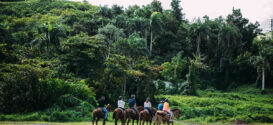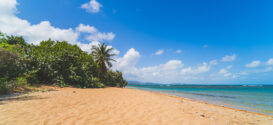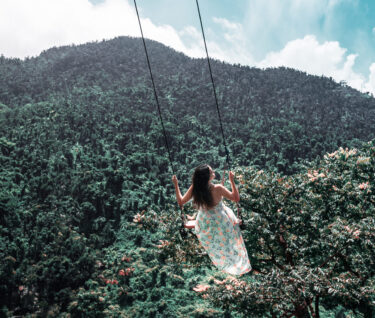
5 Things to Do in Puerto Rico That are a Must
From hiking through the only tropical rainforest in the U.S. to floating in a bioluminescent bay, these epic experiences should rank high on your list of things to do in Puerto Rico.
Puerto Rico’s jaw-dropping landscapes, diverse ecosystems and rich cultural history beg exploration. Within the space of a day, you can ascend mist-laced peaks, trace Taíno petroglyphs, witness rare bioluminescence and take your pick from Puerto Rico’s exhilarating suite of adrenaline-infused adventures.
Hiking in El Yunque
Puerto Rico’s ecological treasure, El Yunque is the only tropical rainforest on U.S. soil. Named the ‘Home of the Gods’ by the indigenous Taíno people, this mystical realm preserves a staggering diversity of flora and fauna. A dozen well marked trails are woven amidst ancient trees and dwarf vegetation. The forest teems with niche species found nowhere else on the planet—showstoppers include the endangered Puerto Rican green parrot and Puerto Rican boa.
The 8km (5-mile) El Yunque hike is the park’s signature trail, delivering otherworldly vistas of mist-covered mountains from the summit (3,469 ft/1057m). At just shy of a mile long, the short and scenic Big Tree Trail culminates in the gorgeous waterfalls of La Mina. Listen out for one of El Yunque’s most renowned residents—and Puerto Rico’s unofficial mascot—the sonorous coquí, a small tree frog.
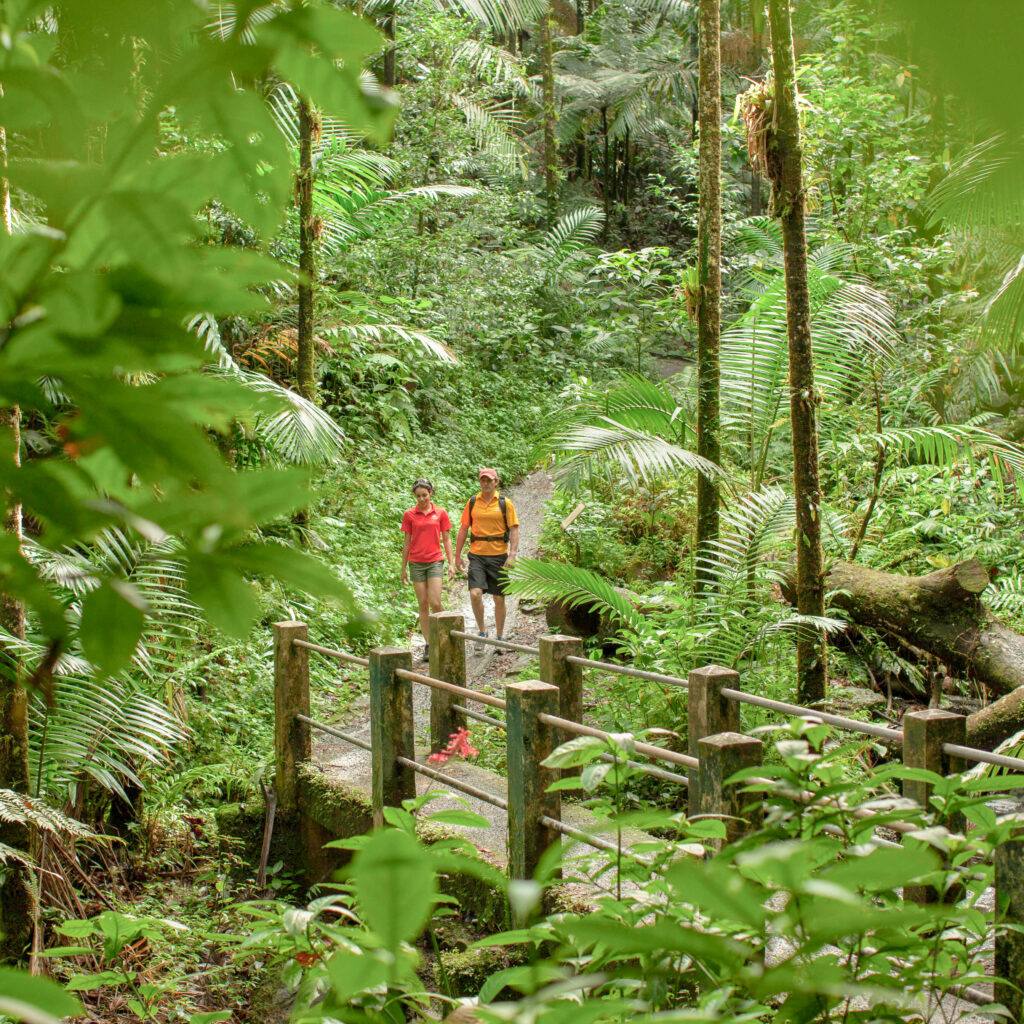
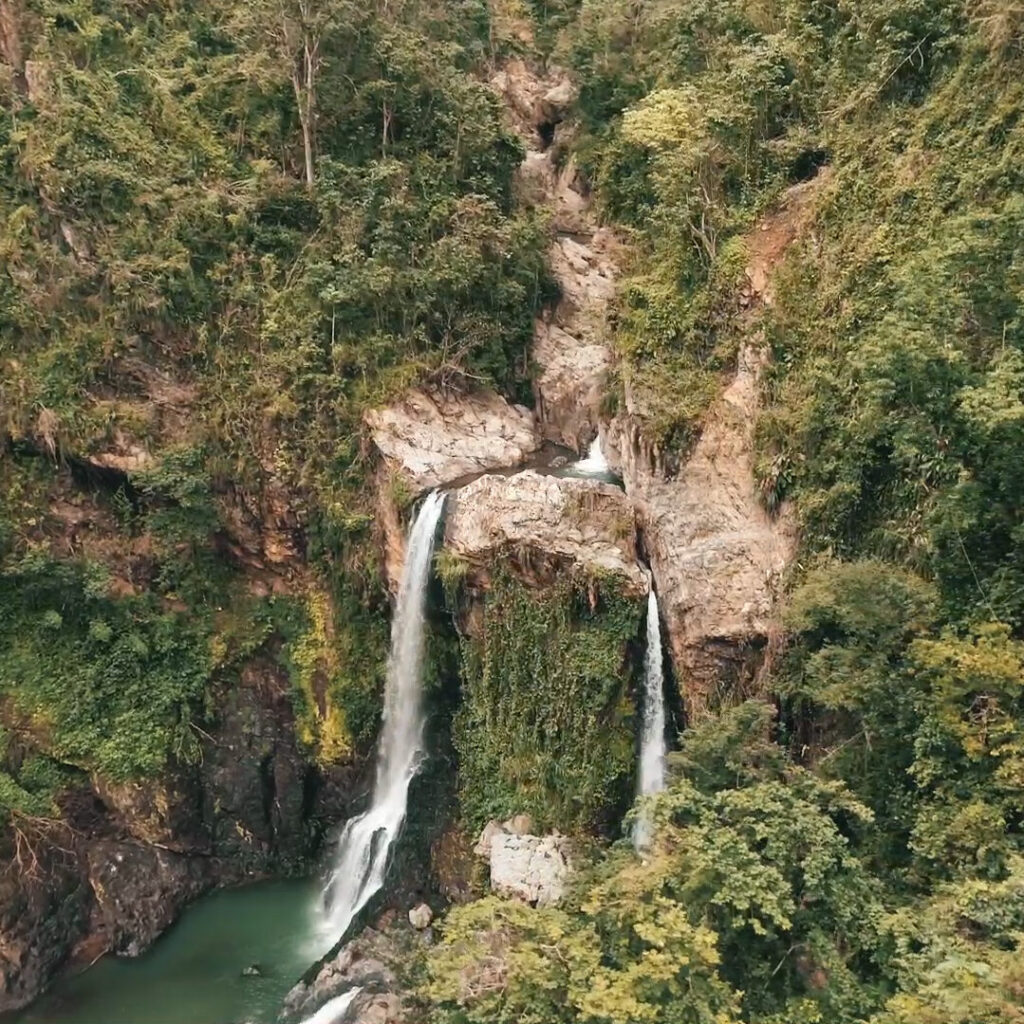
- Local tip: For lunch, head to Luquillo Beach where over 60 family run kiosks are famous for their authentic and inexpensive Puerto Rican dishes.
- Entry: El Yunque is free to enter. Currently (due to COVID-19), advance reservations are required
- Getting there: El Yunque is a 45-min drive from San Juan. With a reliable rental vehicle and GPS, tours aren’t necessary.
- Getting around: One main road, PR-191 winds through El Yunque providing access to hiking trails and waterfalls.
- Suitable for: There are novice to advanced rated hikes, suitable for all ages and abilities.
- What to wear: El Yunque experiences some 200 inches of rain each year. Prepare for muddy and slippery hiking conditions; gym shoes and light raincoat recommended.
Spelunking at Las Cuevas de Río Camuy
The Río Camuy Cave System is one of Puerto Rico’s lesser known—and arguably most spectacular—natural wonders. Ranked as the third largest cave network on Earth, only a quarter of the estimated 800 caves have so far been identified. Elusive bat species, tarantulas and blue-eyed river crabs thrive within this rare ecosystem which was explored by pre-Hispanic Taíno tribes for centuries before archaeologists converged in the late 1950s.
A short trolley ride descends over 200 feet (61m) through a lush ravine to the colossal Cueva Clara, which at 180-foot-tall is large enough to house a 17-story building. Guides lead visitors along gravel trails where surreal formations of stalagmites, stalactites and sinkholes have been shaped over millennia by the coursing of the Río Camuy.
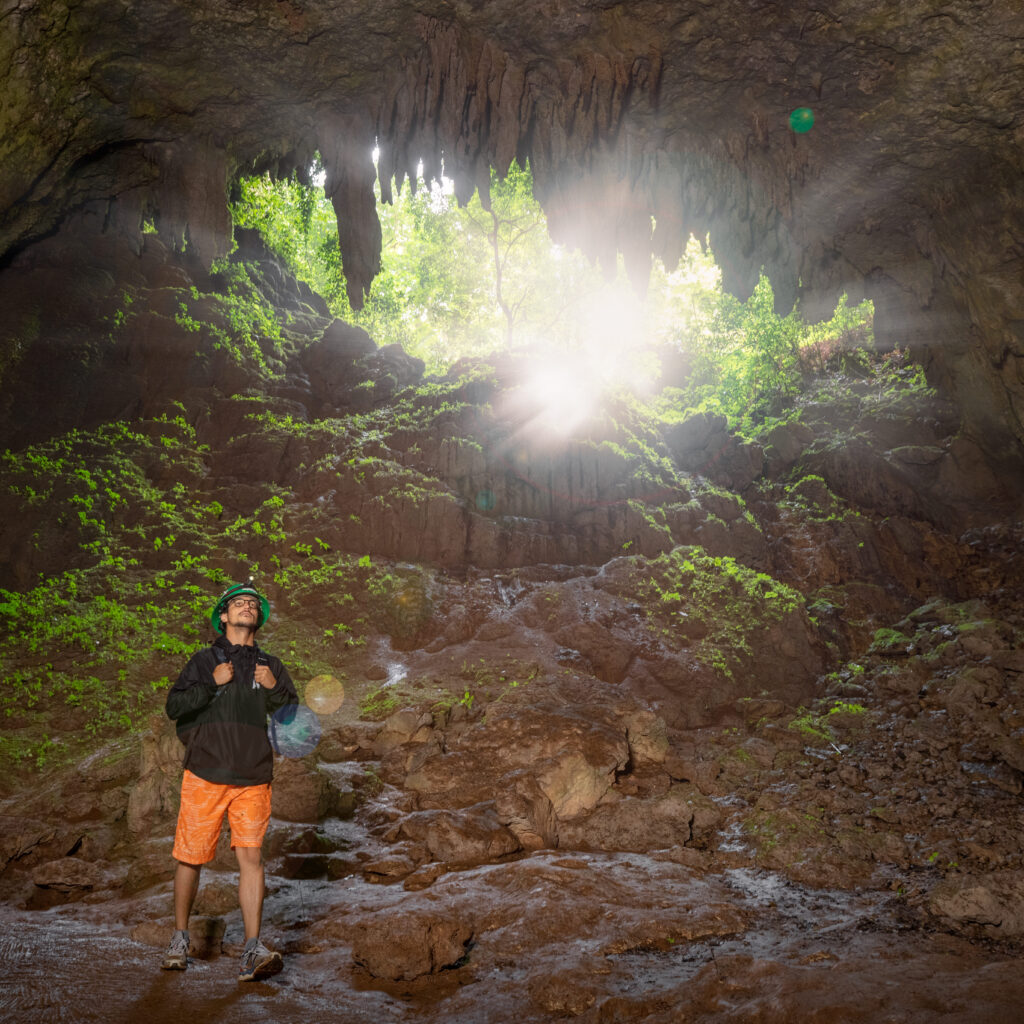
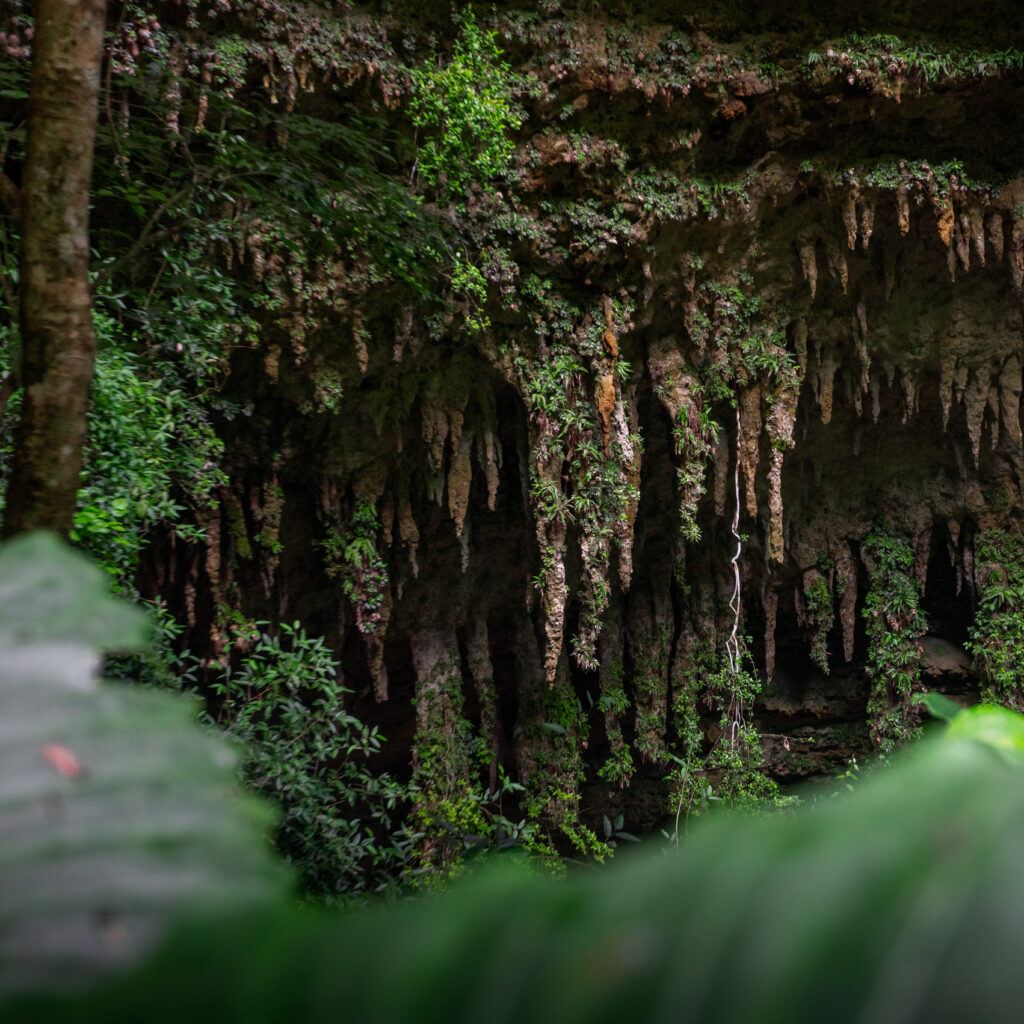
- Tours: Advance reservations (required) can be made by contacting the park.
- Price: $18 for adults, $12 for children ages 4 to 12.
- Hours: Wed-Sun, 8:00am-4:30pm (allow two hours).
- Best for: Relaxed spelunking suitable for all the family.
- Tel: 787-898-3136
- Website: www.drdpuertorico.com/parquesnacionales/cavernas-del-rio-camuy (in Spanish)
Kayaking in a Bioluminescent Bay
There are just five bioluminescent bays in the world and Puerto Rico is home to three. These magical ‘bio bays’ are populated by phosphorescent microscopic organisms that glow when disturbed at night. Kayaking amidst glittering specks of phytoplankton that shimmer as you paddle is a truly unforgettable bucket-list experience.
Boasting the highest concentration of dinoflagellates in the world, the incredible Bahía Mosquito (Mosquito Bay)—part of Vieques Wildlife Refuge—is the most famous and dazzling of the trio. Outfitters offer nightly kayak tours of Laguna Grande in Fajardo, the most accessible bio bay from San Juan. In Lajas, the less visited La Parguera Nature Reserve protects the only bioluminescent bay where swimming is permitted.
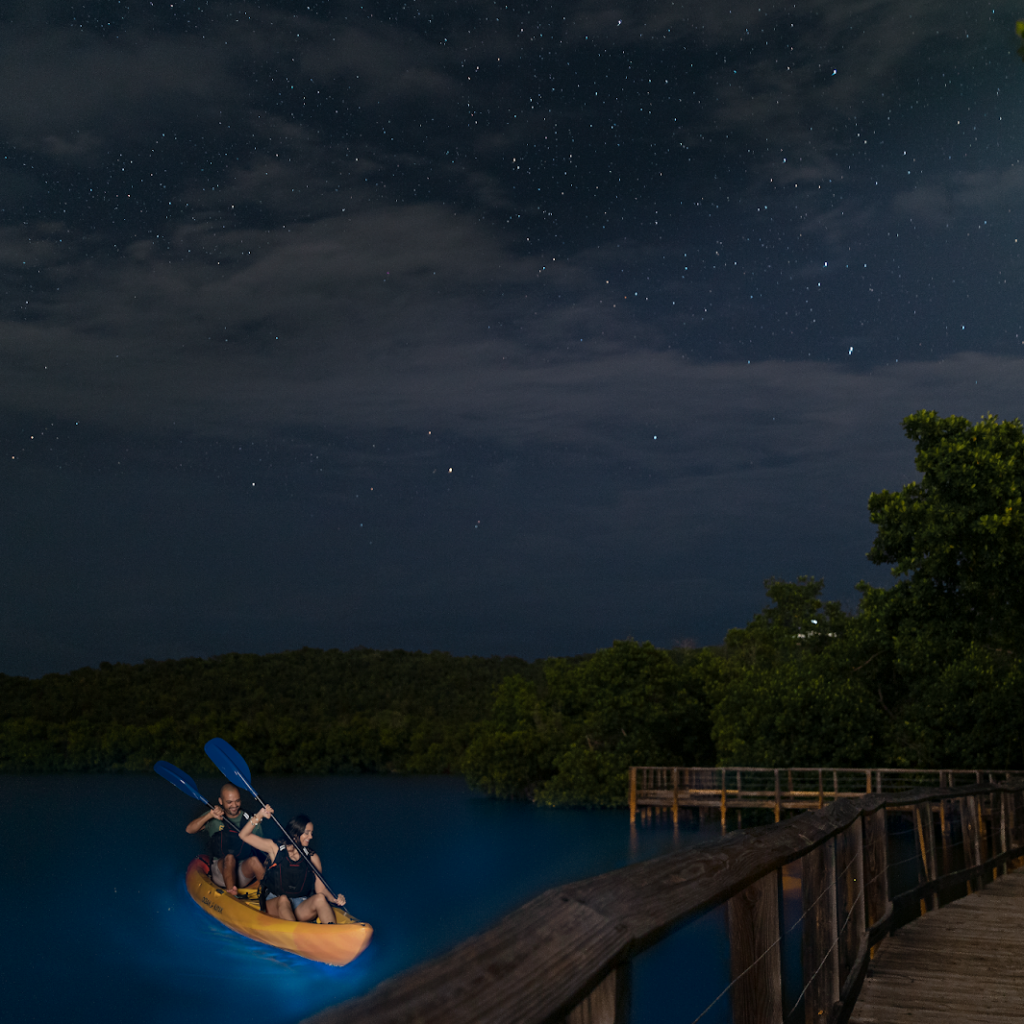
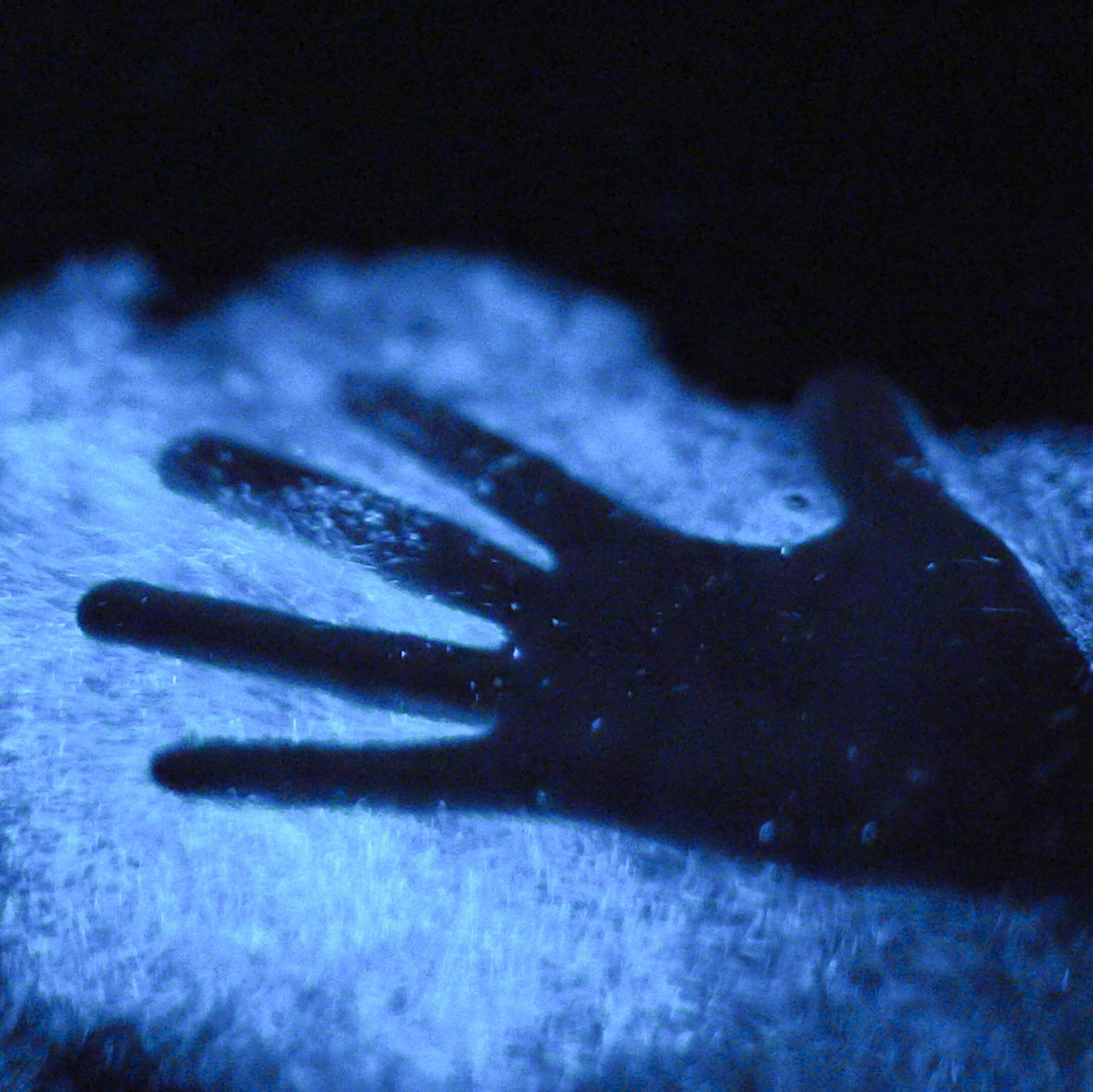
- Local tip: Bioluminescence is best experienced on a dark, cloudy night. If it’s a moon-lit night, you may want to reconsider.
- Price: Range from $55-85 per person, depending the (authorized) Bay Tour Operator (BTO).
- Hours: Each BTO operates two trips per day, one around sunset and one after 7:30pm.
- What to wear: Most bio bay encounters are via kayak; wear comfortable, waterproof clothing. Avoid creams, repellants and any other chemicals that can harm the organisms.
- Recommended outfitters: www.puertoricobiobaytours.com
www.kayakingpuertorico.com/home/tours/bio-bay-kayak-tour
- Tip: Call a day or two in advance to confirm that the bay’s brightness (over the previous three days) has been above 30%.
Zip lining at ToroVerde
In the lush, central mountain region of Orocovis, ToroVerde is the largest adventure park in the Caribbean. The main draw is the 1.5-mile-long ‘Monster.’ It’s the third-longest zip line in the world, whisking thrill-seekers through the air at speeds of up to 95 mph. A notch down is the ‘Beast,’ a head-first, 60 mph ride through the forest canopy at over 800 feet. For kids, short hikes lead to eight tamer zip lines which progress in intensity.
In 2021, ToroVerde became the Guinness World Record holder for its novel Toro Bike, a 1,000-foot-long zip line engineered for bikes. Traversing the longest cable bike circuit in the world amidst spectacular scenery is one of Puerto Rico’s definitive experiences.
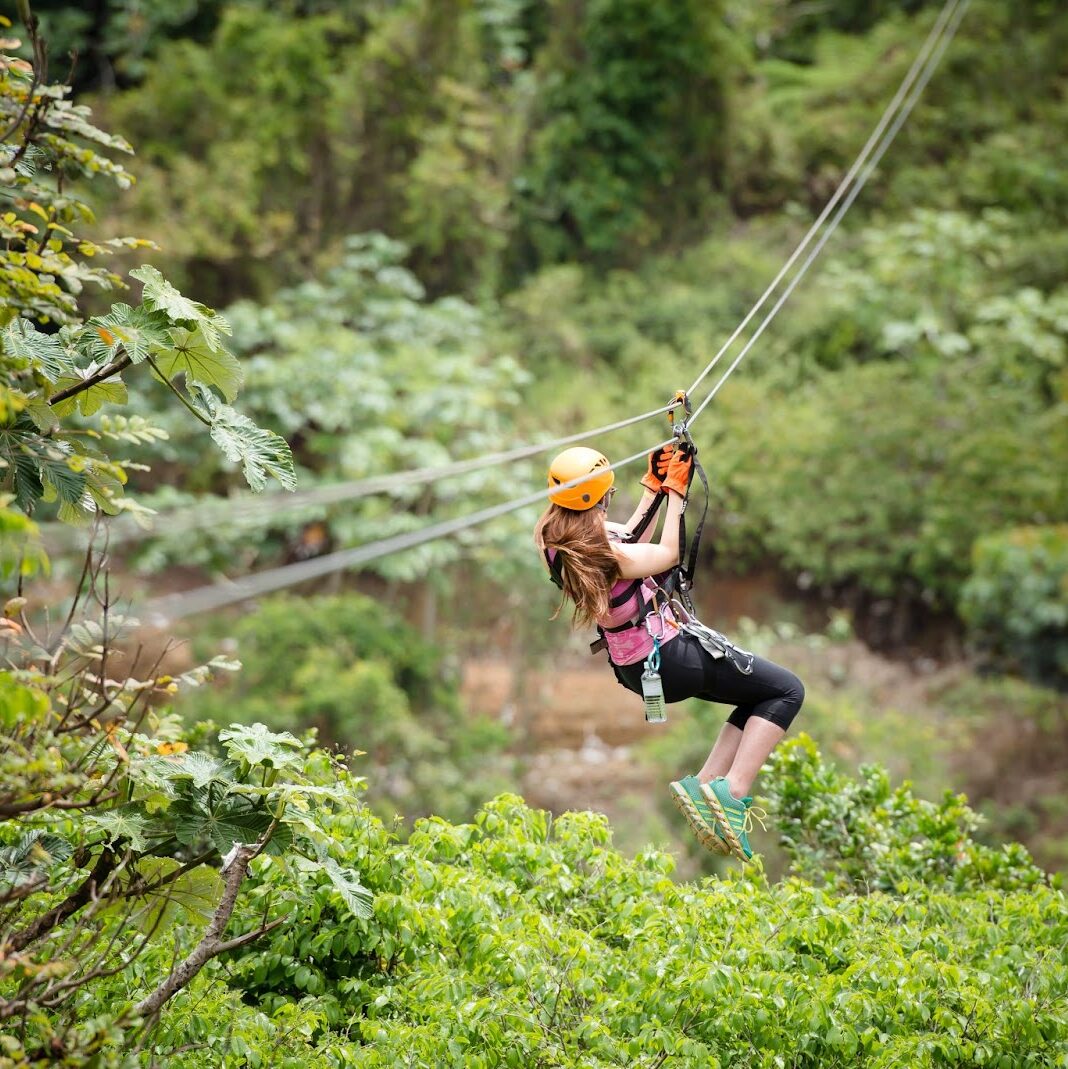
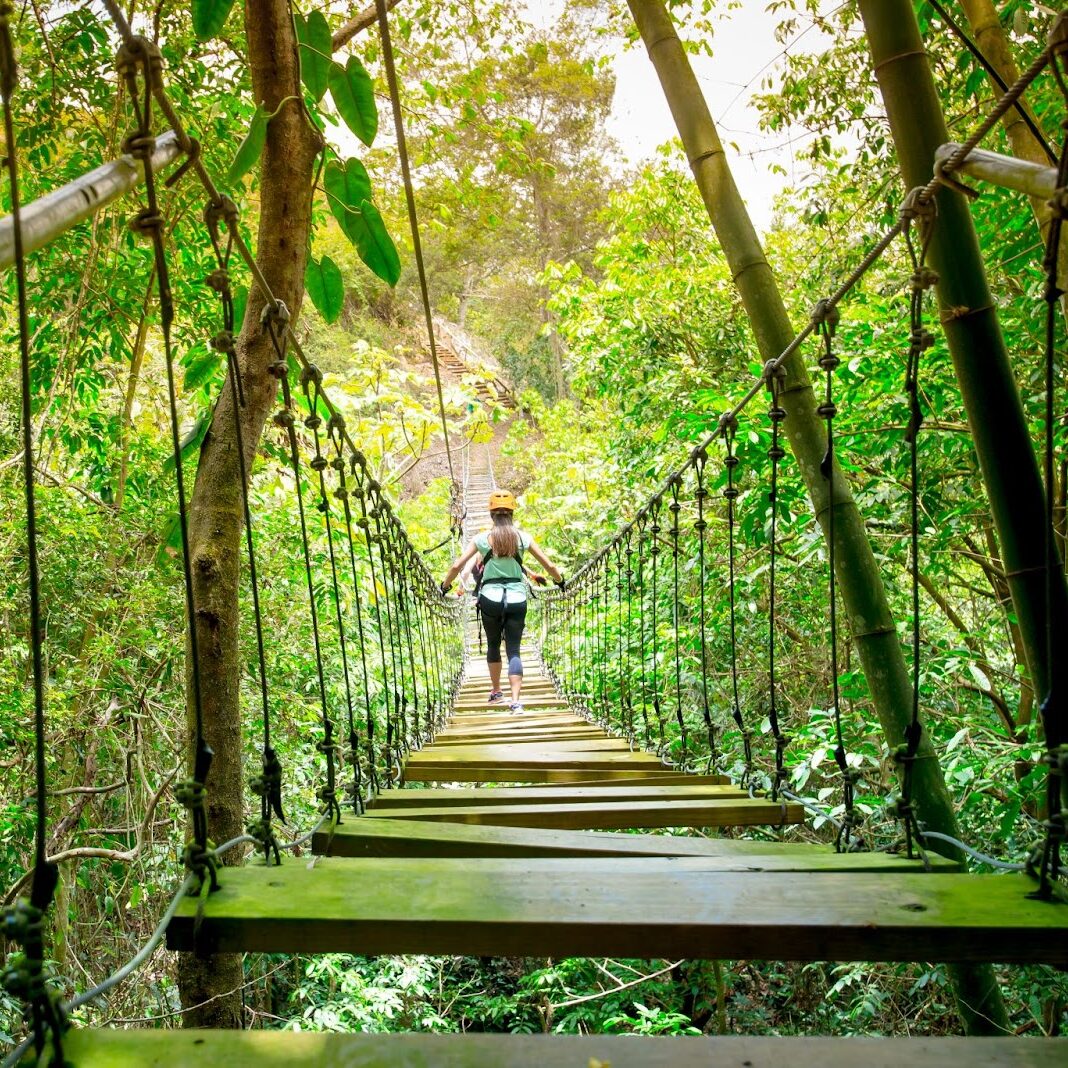
- Hours: Thurs-Sun, 8am-5pm.
- Suitable for: Ages 7+ (minimum weight 100lbs).
- What to wear: Closed toe shoes and insect repellent.
- Price: Range from $49.50 (8 ziplines, 2.5 hours) to $74.50 (The Monster, 90 mins).
- Further information: [email protected]
- Website: www.toroverdepr.com/index.php
Snorkeling at Culebra Island
A short flight from San Juan, or a 40-minute ferry ride from Ceiba, Culebra’s charms are well documented. This compact, picture-perfect island combines unspoiled natural beauty with a low-key vibe. Ringed with pristine beaches, Culebra’s azure waters and vibrant coral reef offer some of the best diving and snorkeling opportunities in the archipelago.
Locals and visitors head for iconic Flamenco Beach. This mile-long crescent of powdery white sand is where a couple of rusty military tanks evocatively testify to the U.S. Navy’s presence until 1975. To avoid the weekend crowds at Flamenco head to El Muellecito Beach. It’s a more secluded area of Flamenco beach with calmer water. A protected bay, Tamarindo Beach’s gin clear, placid waters and kaleidoscopic marine life are ideal for snorkeling right off the beach. If you seek solitude, motorboats can shuttle you to nearby islets, such as Isla Culebrita or Cayo Luis Peña.
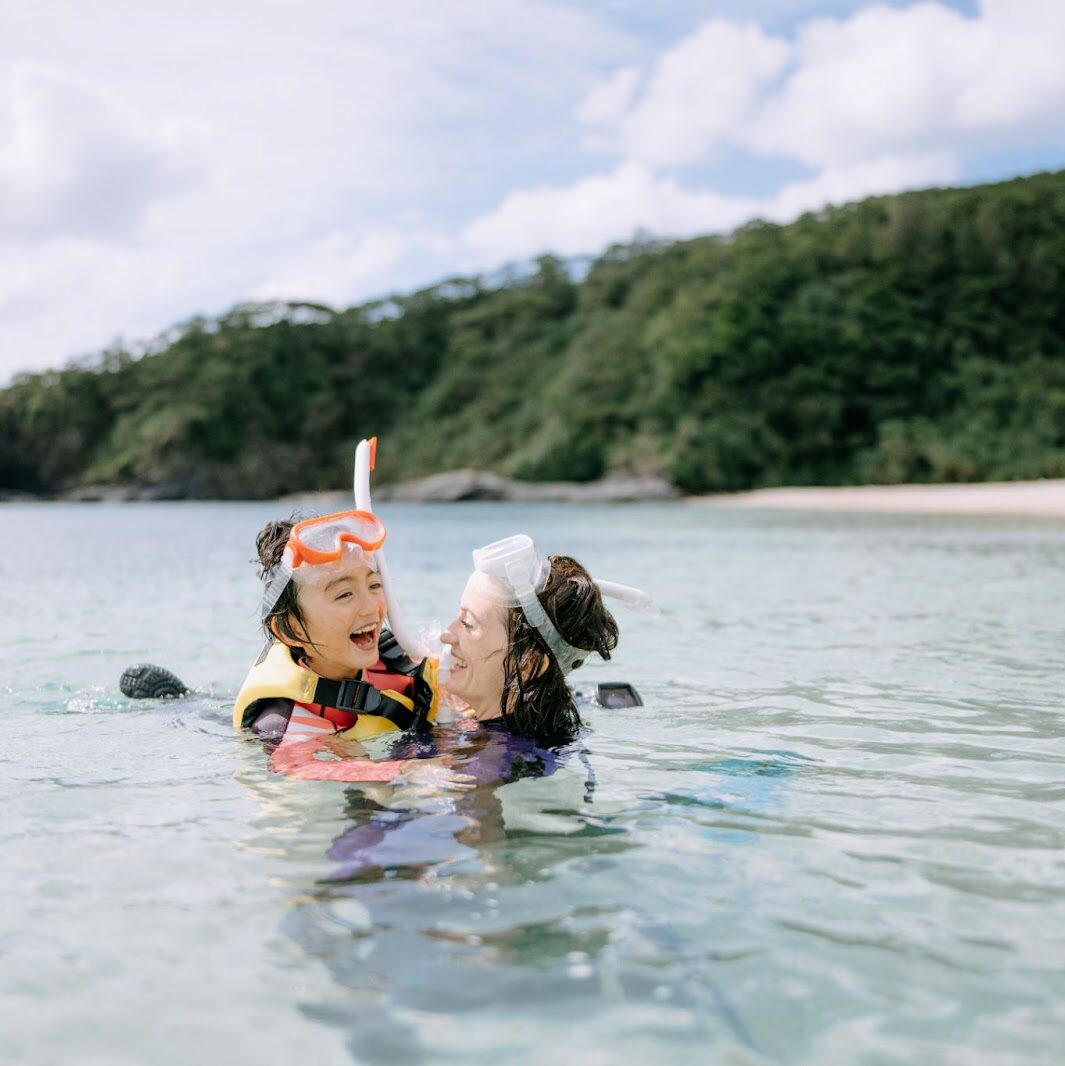
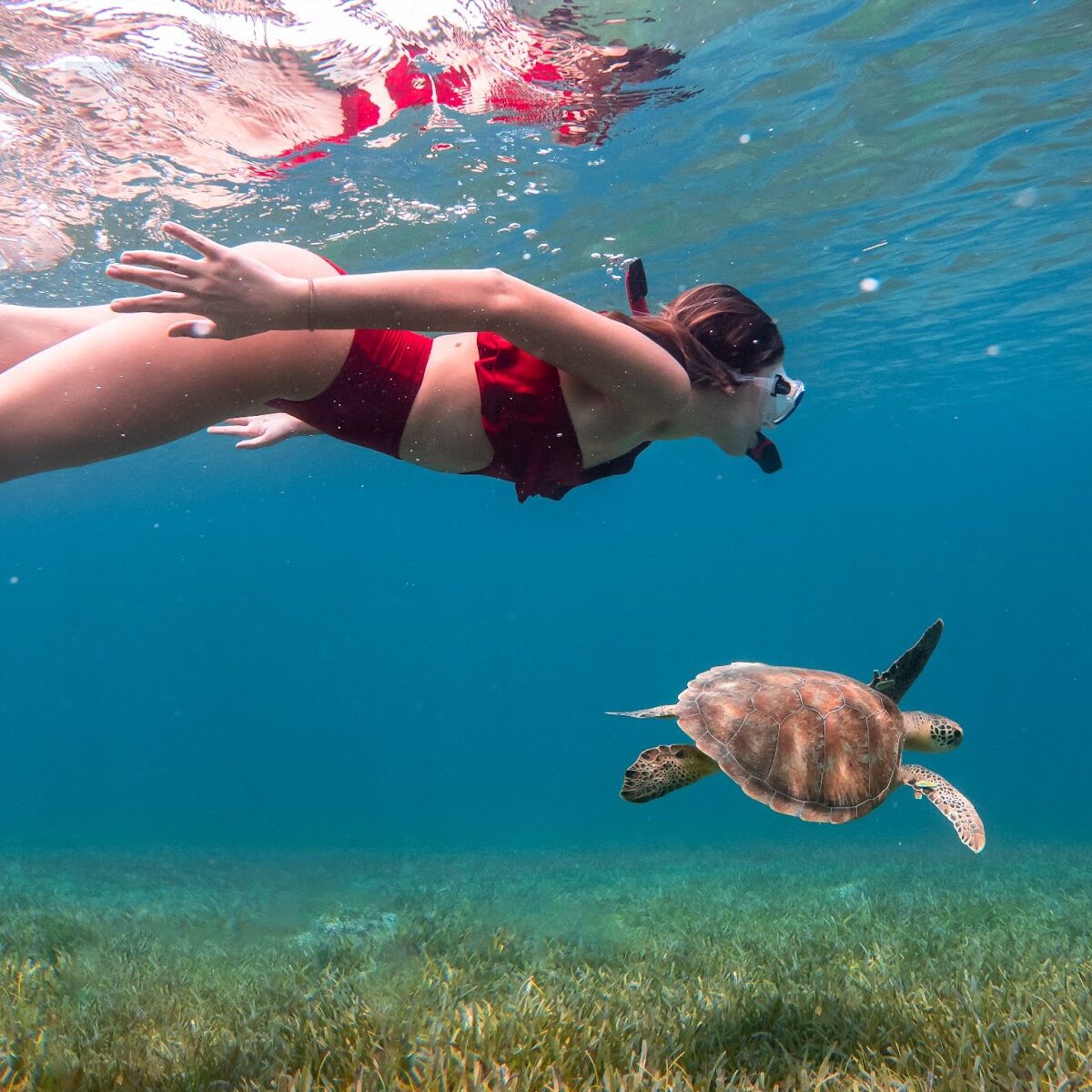
- Getting there: There are two ways to get to Culebra from mainland Puerto Rico: air, flying out of San Juan or the east-coast town of Fajardo ($70-90 one way); by sea, taking a ferry from Ceiba ($3).
- Tours: Full day, high speed catamaran (snorkeling) tours are available from Fajardo ($125 adults/$105 children): www.eastislandpr.com/tours/culebra-snorkeling-tour
- Getting around: Rent a car when you arrive to make the most of your time (limited inventory, book as far in advance as possible.
- Tip: The ferry schedule is notoriously erratic and the seas between the mainland and Culebra can be rough.
Platea Local Tip: The route to Muellecito Beach provides stunning views of Culebra’s beautiful Salt Lagoon. Here, you may encounter deer—they were introduced to the island in 1966 by the American Navy and are often seen swimming off Culebra’s beaches.
